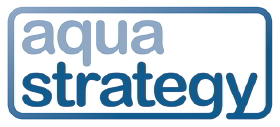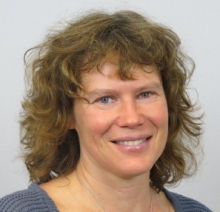Issue:
The Belgian city of Antwerp is combining innovative technologies offering remote meter reading and flow control on its customer connections, all supported by Internet of Things communications, in a search for an answer to its water network management needs. Keith Hayward reports on the solution being evaluated in a large scale pilot project.

A large scale pilot is underway in the Belgian city of Antwerp of an innovative combination of technologies to help in the management of the water network there. Local utility Water-Link is evaluating upgrading of its domestic customer meters to advanced smart units that offer remote reading. These are being combined with a valve that can be operated remotely to switch on and off or reduce the supply. And both of these remote capabilities are being achieved through technologies equipped to use Internet of Things communications.
Both the meter reading and the valve control capabilities respond to very real needs for the utility. For example, Water-Link has historically called on customers to provide manual meter readings in order to help keep records up to date. Customers in the city move property relatively frequently. In addition, the utility has had to manage some 20,000 manual customer valve operations a year as part of its revenue and water quality protection efforts.
On top of this, the new system being trialled has another important feature. While delivering remote meter reading and valve operation, the system does so using battery-powered devices that promise a 16-year service period before battery renewal is required.
The communications key
Communications capabilities are at the heart of the new system. For example, the smart water meters are being supplied by Denmark’s Kamstrup. The company’s Multical 21 meter offers wireless communications capability using the Wireless M-Bus protocol, and is now also equipped as standard with a chip for communications via Sigfox, allowing customer meter readings to be transmitted through what is a low-power IoT communications network.
The valve in the Antwerp system is being supplied by Hydroko. This too features use of Sigfox. A further communications innovation in the combined system is that the valve includes a wireless M-Bus receiver and so is able to receive the meter’s signal, allowing the HydroKonekt valve opening to be calibrated with the actual flow rate data from the meter. The full range of the valve operation is based on 40,000 steps. The position can be set to give a desired maximum flow based on feedback from the valve, allowing it to be adjusted over time as pressure varies.
To read the rest of this article, log in here. New users can register here for free trial access, or subscribe here.
Keywords:
- Belgium, Kamstrup, Hydroko, smart water utilities, Sigfox, IoT






